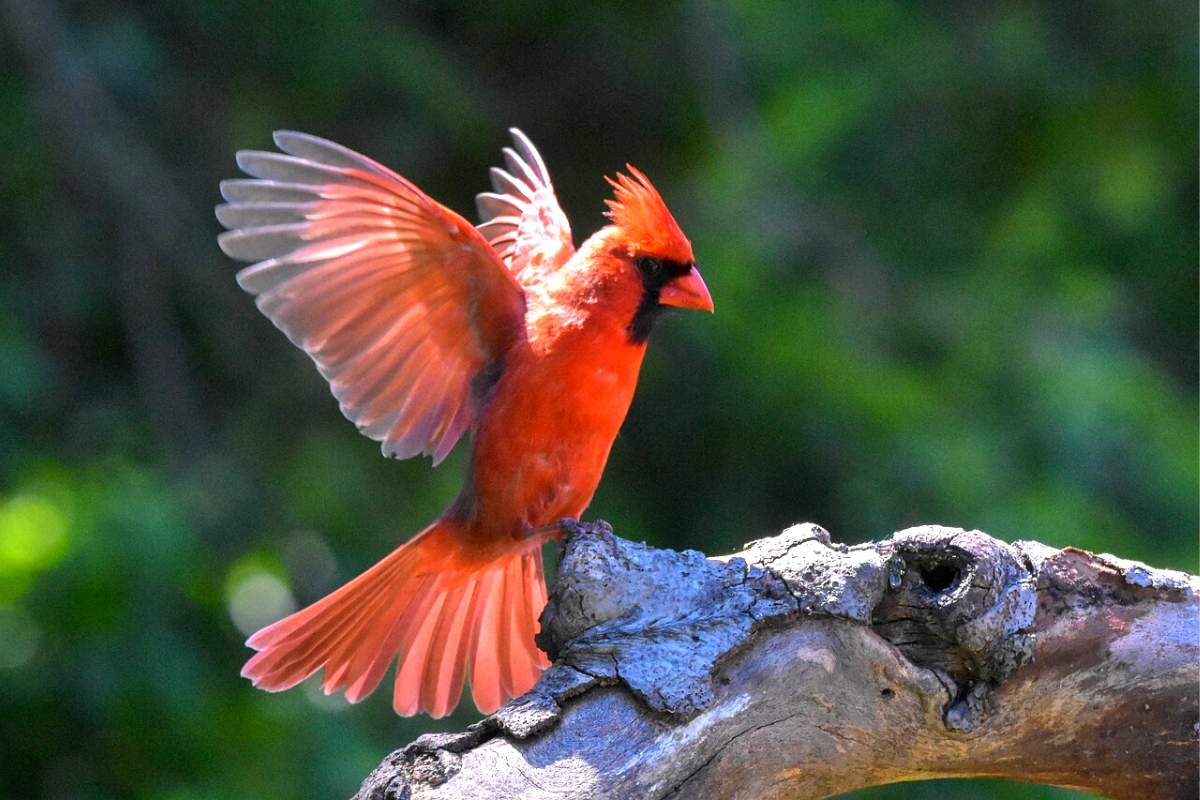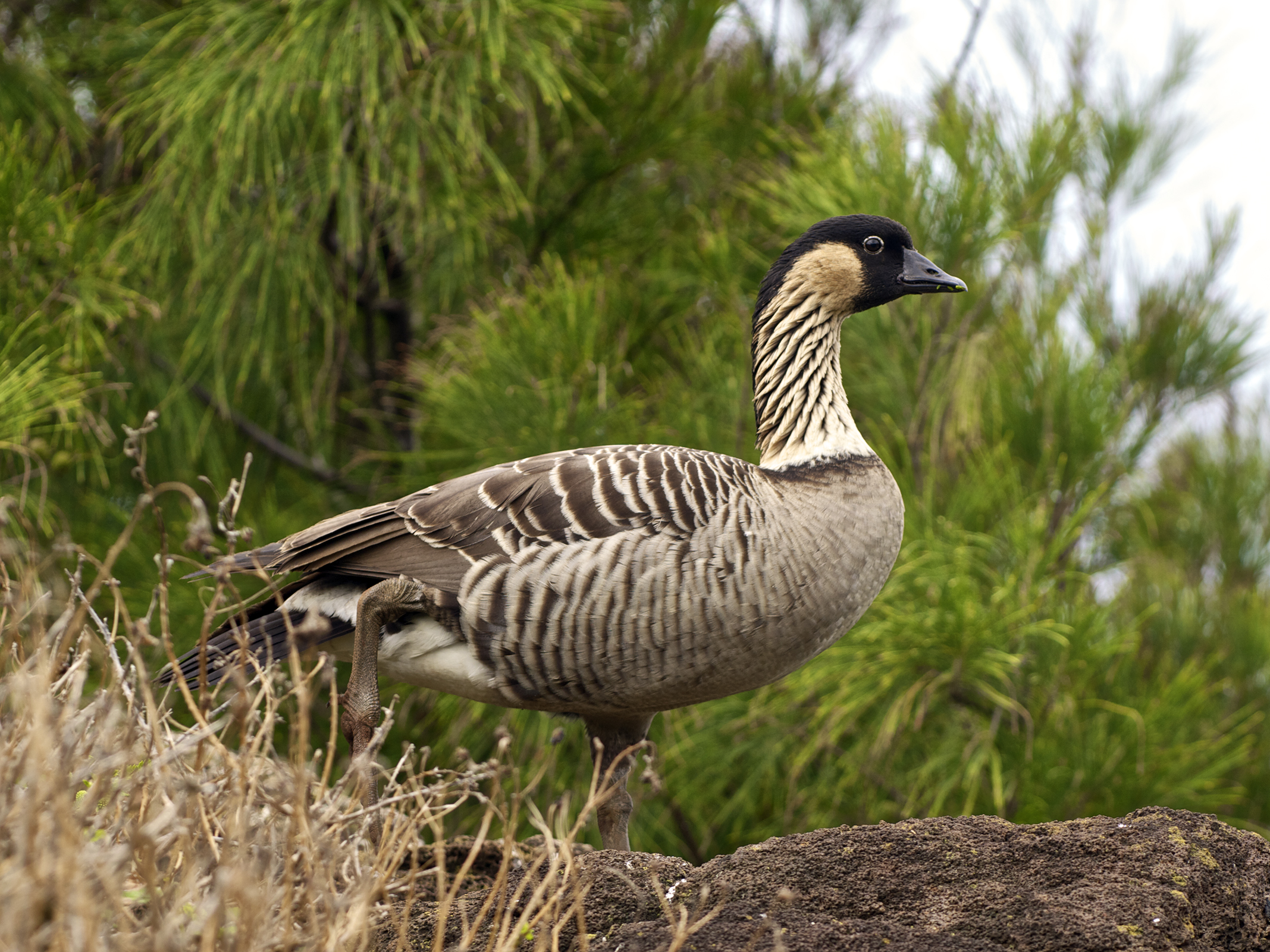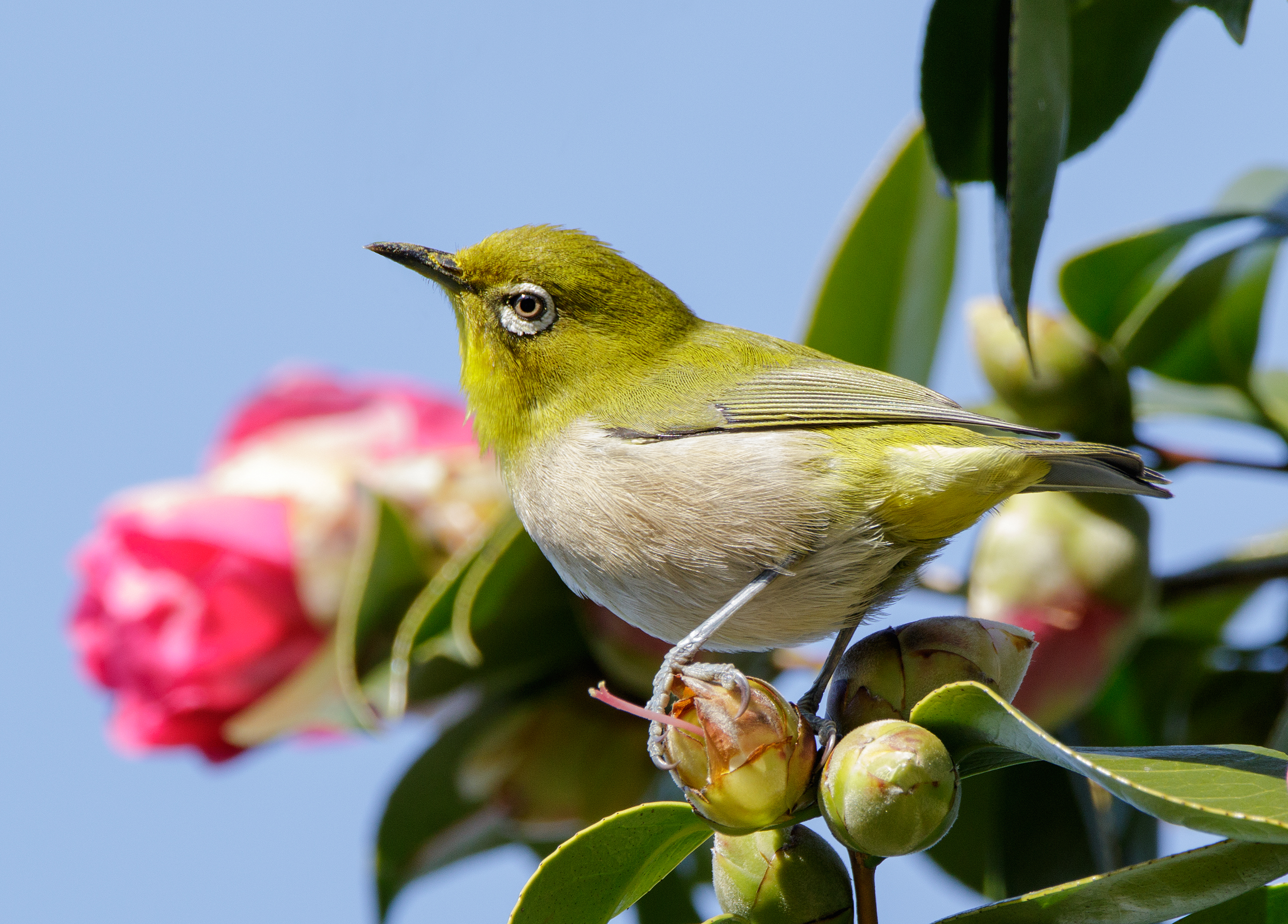Hawaii is known for its beautiful beaches, lush rainforests, and unique wildlife. Despite its small size, Hawaii is one of the four most ecologically diverse US states, with over 21,000 species recorded in the Hawaii rainforest, surrounding ocean, and other locations.
The state is home to a wide variety of animals, including manta rays, chameleons, dolphins, geckos, whales, and tiger sharks. In this article, we will focus on the birds of Hawaii, which are a significant part of the state’s wildlife.
You are reading: 10 Types Of Birds In Hawaii
Hawaii is home to a diverse range of bird species, including the state bird, the Nene, which was once on the brink of extinction but has made a remarkable recovery.
We will explore ten of the most notable bird species found in Hawaii, including their characteristics and habitats.

10 Types Of Birds In Hawaii
Common Myna
The Common Myna (Acridotheres tristis tristis) is a bird species that was introduced to Hawaii from India in 1865 to control armyworm populations.
While not the most abundant bird in Hawaii, the Common Myna is a familiar sight in the state. However, it is not at the top of everyone’s favorites list, as it can be considered a nuisance by some residents.
In addition to its introduction for pest control, the Common Myna is also in demand as a pet, and the pet trade (both legal and illegal) puts pressure on the species in its native habitat.
Roosting in groups, Common Mynas can be found in various habitats, including open woodlands and areas around human habitations. They are known for their distinctive calls and bold, assertive behavior.
Nene

The Nene (Branta sandvicensis), also known as the Hawaiian goose, is a species of bird that is endemic to the Hawaiian Islands. It is the world’s rarest goose and has held the honor of being Hawaii’s state bird since 1959.
The Nene is a medium-sized goose, with an overall length of approximately 25 inches. It has a black head, bill, tail feathers, legs, and webbed feet, with a cheek patch and neck buff-colored, and a gray/brown body that is heavily barred above and lightly barred below with white rump.
The neck is deeply furrowed, and the sexes have similar plumage, with males being slightly larger and heavier than females. The Nene produces soft mewing or mooing sounds, loud cackling calls (when alarmed), and typical goose-like trumpeting sounds.
The Nene is the only surviving endemic goose species of six described from the Hawaiian Islands. It is classified in the subfamily Anserinae, tribe Anserini, with other true geese.
The Nene is endangered, and conservation efforts have been made to protect the species.
Warbling White-Eye
The Warbling White-Eye (Zosterops japonicus), also known as the Japanese White-Eye and Mountain White-Eye, is a small passerine bird in the white-eye family.
Native to Asia, its range includes the Russian Far East, Japan, Indonesia, Korea, and the Philippines. The species has been intentionally introduced to other parts of the world as a pet and for pest control, with mixed results.
In Hawaii, the Warbling White-Eye is a common resident, introduced to the islands in the early 20th century. It is a fast-moving, small bird, measuring about 4 inches in length.
The species is known for its olive-green upperparts, bold white eye ring, and active, noisy behavior. It is omnivorous, feeding on a variety of fruits, nectar, and insects.
The Warbling White-Eye is ubiquitous in both wet and dry areas of the Hawaiian Islands, ranging from sea-level to the mountains. It is often found in open woodlands, gardens, and parks, where it forages for food and builds its woven nests, which hang from branches.
The species is considered an invasive species in Hawaii, along with several other introduced organisms.
Laysan Albatross
The Laysan Albatross (Phoebastria immutabilis) is a large seabird that is part of the albatross family. It is a gull-like bird with a white head, dark gray-brown upperwings, and mostly white underwings with variable dark markings.
The species is named after Laysan, one of its breeding colonies in the Northwestern Hawaiian Islands. The Laysan Albatross is the second-most common seabird in the Hawaiian Islands, with an estimated population of 1.18 million birds.
Read more : Birdhouses On Fence Posts
The Northwestern Hawaiian Islands are home to 99.7% of the population. The Laysan Albatross is a pelagic bird of the open Pacific Ocean, and it forages far from land, beyond the continental shelf, and mainly over cold waters.
The species is known for its impressive six-foot wingspan, which allows it to glide over the open ocean for hours at a time without a single flap of its long, narrow wings.
The Laysan Albatross feeds on squid, fish, and other marine organisms. The species is long-lived, with successful breeding usually only occurring at eight or nine years of age.
One of the world’s oldest confirmed wild birds is a Laysan Albatross named “Wisdom,” who was first banded in 1956 and is still alive today.
Java Sparrow

The Java Sparrow (Padda oryzivora), also known as the Java Finch, Java Rice Sparrow, or Java Rice Bird, is a small passerine bird belonging to the estrildid finch family.
It is a resident breeding bird in Java, Bali, and Bawean in Indonesia. The species is characterized by its plump body, black head, white cheek patch, and a distinctive, very thick pink bill. Juveniles have a similar color pattern to adults.
– Taxonomy: The Java Sparrow was first described by the Swedish naturalist Carl Linnaeus in 1758, under the binomial name Loxia oryzivora. Some taxonomists place this species and the Timor Sparrow in their own genus, Padda.
– Introduction to Hawaii: The Java Sparrow was first introduced to Hawaii in the 1960s on Oʻahu, and it has since spread to other islands. The species is diurnal, meaning it is active during the day.
– Size and Habitat: Java Sparrows are large, full-bodied finches, measuring over 5 ½ inches long. They are often found in open woodlands, gardens, and parks, where they forage for seeds.
– Popularity as a Cage Bird: The Java Sparrow is a popular cage bird and has been introduced to many other countries. Its potential as a voracious seed eater is evident from its very large bill for its size.
– Threats in Native Range: In its native range, the Java Sparrow has become threatened due to various factors, including habitat loss and capture for the pet trade.
Red-Crested Cardinal
The Red-Crested Cardinal (Paroaria coronata) is a medium-sized songbird that belongs to the tanager family, not the true cardinal family. It is native to South America, mainly found in Brazil’s Rio Grande do Sul, northern Argentina, Bolivia, Paraguay, and Uruguay.
The species is known for its distinctive red head and crest, with the rest of its body being black and gray. The Red-Crested Cardinal is sometimes known as the Brazilian Cardinal.
– Introduction to Hawaii: The Red-Crested Cardinal was introduced to Hawaii around 1930. It is now a common resident of the islands, often seen in parks, lawns, and gardens.
– Appearance: The Red-Crested Cardinal is a medium-sized bird that resembles North America’s northern cardinal in shape. However, it is mainly gray with only a brilliant red head and crest. The species has a pale horn-colored bill.
– Habitat and Diet: The Red-Crested Cardinal is an omnivorous bird that feeds on a variety of seeds, fruits, and insects. It is often found in open areas, including parks, gardens, and lawns.
– Conservation Status: The Red-Crested Cardinal is not considered threatened, and its population is stable. However, it is considered an introduced species in Hawaii, along with several other bird species.
Zebra Dove
The Zebra Dove (Geopelia striata), also known as the Barred Ground Dove or Barred Dove, is a small bird belonging to the dove family, Columbidae, and is native to Southeast Asia.
It is a predominantly brownish-grey bird with black-and-white barring on its plumage, a long tail, and bare blue skin around its eyes. The species is known for its pleasant, soft, staccato cooing calls.
– Introduction to Hawaii: The Zebra Dove was introduced to Hawaii in 1922. It is now a common resident of the islands, often seen in urban areas, gardens, and parks.
– Appearance: The Zebra Dove is a small, grayish-brown bird with dark bars on its breast and back. Its plumage is finely striated with white and black, resembling zebra stripes, hence its name.
– Habitat and Diet: Zebra Doves are often found in open areas, including parks, gardens, and urban environments. They feed on a variety of seeds, grains, and small insects.
Read more : Can Budgies Live Alone
– Conservation Status: The Zebra Dove is not considered threatened, and its population is stable. However, it is considered an introduced species in Hawaii, along with several other bird species.
Japanese White-Eye

The Japanese White-Eye (Zosterops japonicus), also known as the Warbling White-Eye and Mountain White-Eye, is a small passerine bird in the white-eye family.
Its native range includes much of East Asia, including the Russian Far East, Japan, Indonesia, Korea, and the Philippines. The species has been intentionally introduced to other parts of the world as a pet and for pest control, with mixed results.
– Introduction to Hawaii: The Japanese White-Eye has become an invasive species in Hawaii, along with a number of other organisms. It is a very common bird in the islands, often seen in forests, shrublands, parks, gardens, farmlands, and urban areas.
– Appearance: The Japanese White-Eye is a small, fast-moving bird, measuring about 4 inches in length. It has a yellow-olive plumage with a prominent white eyering, which makes it stand out.
– Habitat and Diet: The species is known to occur in various habitats, including forests, shrublands, parks, gardens, farmlands, and urban areas. Japanese White-Eyes feed on a variety of insects, nectar, and fruits.
– Conservation Status: The Japanese White-Eye is not considered threatened, and its population is stable. However, it is considered an introduced species in Hawaii, where it has established a successful presence.
Hawaiian Petrel
The Hawaiian Petrel (Pterodroma sandwichensis), also known as the ʻuaʻu, is a large, dark grey-brown and white petrel that is endemic to Hawaii. Here are some key facts about this species:
– Appearance: The Hawaiian Petrel is a large, long-winged petrel that appears mostly dark above and white below. The forehead is white, and the underwings have a broad black diagonal bar. The bird measures 16 inches in length and has a wingspan of three feet.
– Habitat: The Hawaiian Petrel nests in the mountains on several of the main Hawaiian Islands. The majority of known nests on Hawaii Island are within Hawaii Volcanoes National Park on the lower alpine and subalpine slopes of Mauna Loa.
– Behavior: The Hawaiian Petrel is a nocturnal bird, usually active only at night. During breeding season, the species produces a distinctive call that sounds like “oo ah oo”. Male and female Hawaiian Petrels share incubation and chick-feeding duties during the nearly four months the chicks spend in their burrows between hatching and fledging.
– Conservation Status: The Hawaiian Petrel is a federally endangered native seabird. Wildlife biologists estimate that only 50 to 60 breeding pairs are left on Hawaii Island. The species is threatened by the introduction of non-native predators such as rats and cats to its nesting islands. Hawaiian Petrels are also attracted to artificial lights, which puts them at risk of collision with power lines, guy wires, and other man-made structures.
Northern Cardinal
The Northern Cardinal (Cardinalis cardinalis) is a well-known and beloved bird in the eastern United States, with a range that extends from southeastern Canada to Mexico, Belize, and Guatemala. Here are some key facts about this species:
– Appearance: The male Northern Cardinal is a mid-sized perching songbird with a vibrant red plumage, a distinctive crest, and a short, very thick bill. The females have a more subdued plumage of brown with red accents. Both sexes have a long tail and a hunched-over posture when perched.
– Habitat: The Northern Cardinal can be found in a variety of habitats, including woodlands, gardens, shrublands, and wetlands. In the East, it is abundant in forest clearings, swamps, and city parks, wherever there are some dense bushes for nesting. In the Southwest, it is more local and occurs in tall brush, streamside thickets, and groves of mesquites in the desert.
– Behavior: Cardinals are non-migratory birds and do not molt into a dull plumage, so they remain breathtaking in winter’s snowy backyards. They forage mostly while hopping on the ground or in low bushes, sometimes higher in trees, and readily come to bird feeders, where they favor sunflower seeds. The species is known for its sweet whistles, which are one of the first sounds of the morning in summer.
– Conservation Status: The Northern Cardinal is a widespread and abundant species, with current numbers believed to be stable. It has expanded its range over the last century or more. The bird is the official state bird of seven eastern states: Illinois, Indiana, Kentucky, North Carolina, Ohio, Virginia, and West Virginia.
FAQS
1. How many bird species are native to Hawaii?
Before human colonization, Hawaii had at least 113 endemic bird species. However, since then, 71 birds have been confirmed lost, 48 prior to the arrival of Europeans, and 23 since Captain Cook first arrived in 1778.
2. What are some of the most common bird species in Hawaii?
Some of the most common bird species in Hawaii include the Common Myna, Nene, Warbling White-Eye, Laysan Albatross, Java Sparrow, Red-Crested Cardinal, Zebra Dove, Japanese White-Eye, Hawaiian Petrel, and Northern Cardinal.
3. Which bird species are endemic to Hawaii?
Hawaii has many endemic bird species, including the Hawaiian Honeycreepers, Hawaiian Goose or Nene, Hawaiian Petrel, and Hawaiian Hawk.
4. Which bird species were introduced to Hawaii?
Many bird species were introduced to Hawaii, including the Common Myna, Warbling White-Eye, Laysan Albatross, Java Sparrow, Red-Crested Cardinal, Zebra Dove, Japanese White-Eye, and Northern Cardinal.
5. What are some of the threats to bird species in Hawaii?
Bird species in Hawaii face many threats, including habitat destruction and degradation by humans and introduced ungulates, non-native diseases and predators, and light pollution.
6. Are any bird species in Hawaii endangered?
Yes, some bird species in Hawaii are endangered, including the Nene and Hawaiian Petrel.
Source: https://petstutorial.com
Category: Birds










